Retrospective on LEGO Through the Decades
Over the decades, one company has become synonymous with imagination and ingenuity, the LEGO Group. For near to 90 years, the LEGO Group has fascinated children across the world with toys that sparked creativity. The company came from humble beginnings before it exploded with the one invention with which they are now synonymous. From the very beginning, they have dedicated themselves to fostering creativity in the masses. Thus, many of the children who grew up building their sets have grown to become successful engineers. Others continue to indulge in the passions that the LEGO products had inspired.
Now, the LEGO Group has become known as the most profitable toy company worldwide. Even as the pandemic disrupted businesses far and wide, LEGO sales continued to surge. With many at home this past year, families and old collectors have turned to their construction sets to stimulate their minds. Still, their successes did not begin only in these last two years. Likewise, the company has not always been on an upwards trend.
So, join us as we look through the history of the LEGO Group, from its origins to the current day. What defined the company through the years, especially after they introduced the world to their revolutionary locking bricks.
The founding of LEGO

Before the great depression, LEGO’s founder, Ole Kirk Kristiansen, dedicated himself to providing carpentry to the people around his hometown, Billund, Denmark. However, the depression hit hard across the world, so the farmers and other rural businesses in his area could no longer afford his services. While the loss of his livelihood was a giant blow, he looked into stepping into a business that few took seriously at the time. Since labor laws had begun moving children away from working in factories, people only just began considering investing in toys and children’s playtime.
Thus, Ole Kirk took out a loan, despite the rough times, to form a company that would concentrate on creating toys. As he turned his woodworking skills to manufacture wood toys, he decided that the company required a catchy name. While the prior company name, “Billund Maskinsnedkeri” (Billund woodworking factory) adequately described his business, the name would not attract the masses. After consulting several employees, he decided to combine two Danish words: Leg Godt, meaning “play well.” Thus, LEGO officially dedicated itself to creating the most fun toys for children.
As LEGO continued to dedicate itself to manufacturing toys, the company changed hands, always remaining within the Kristensen family. By the end of the 1950s, one of Ole Kirk’s sons, Godtfred Kirk Christiansen took over the day-to-day dealings of the business. Likewise, other members of the family continued to develop innovative ideas for the company.
The invention of the LEGO Brick

As early as 1949, Ole Kirk Kristiansen dreamed of a future built by plastic bricks. While only years ago, in 1942, his company suffered a great blow when his wood factory burnt down to the ground, he continued to press forward with LEGO. The new factory began using more modern techniques, like assembly lines. Likewise, the company began experimenting with plastics.
In the post-war era, many companies began looking at the cost-effectiveness of plastic injection-molding machines. Rather than creating each toy by hand from a blueprint, they could instead mass-produce toys from a single mold. Likewise, LEGO invested in their first injection-molding machine in 1947.
Despite the cost-effectiveness of plastic, Ole Kristensen’s sons lacked the same faith that the plastic bricks would be the future. They believed that wood was a superior material since it produced stronger toys. However, Ole Kirk believed his automatic binding bricks would sell all over the world. By the early 1950s, he managed to convince his son, Godtfred that the bricks could expand the reach of the company. Likewise, the company began stamping “LEGO” on each brick.
Finally, on January 28, 1958, LEGO filed for a patent on “a toy building element”, cementing the design and functionality of the LEGO bricks. With improvements in plastic technologies and the approval of the patent, the company focused its efforts on the bricks and construction sets.
LEGO toys of the 1960s: From Towns to Duplo
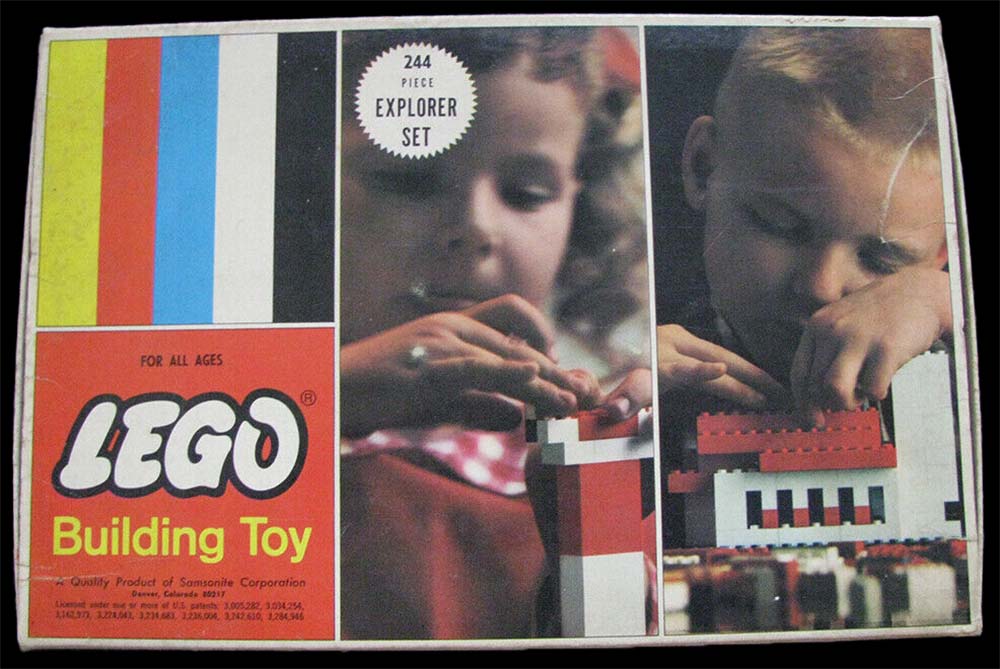
While the first LEGO bricks began manufacturing in the 1950s, the line began to explode in popularity in the 1960s. To begin, the company defined the ten characteristics that would guide the toy line through the decades.
First, the toys would always aim to have unlimited play possibilities for both girls and boys. With so many possibilities, they would also foster enthusiasm for the products from all age groups during all times of the year. Aiming to include the entire family, the playsets would stimulate harmonious play with endless hours of play. Moreover, the brand would multiply its play value by concentrating on imagination, creativity, and development. While the toys would always place safety and quality at the forefront, they also would remain topical.
However, to begin sparking imaginations, they required sets that would supply instructions for specific buildings. So, by 1963, LEGO began releasing sets for buildings with instructions on how to build them. While these sets taught owners how to use their bricks to build, the company still encouraged customers to buy multiple sets so they could create unique combinations.
This decade also saw the birth of the LEGO wheel and the Duplo brick. Where the wheel expanded the possibilities for the bricks, the Duplo line welcomed younger builders to the toys. The 2:1 scale bricks of the Duplo system allowed LEGO to target the products for toddlers. However, they also hollowed out the studs for these bricks so that the tubes of the original bricks could plug into them. Thus, the LEGO system remained unified.
LEGO toys of the 1970s: The first LEGO minifigures jump onto the scene
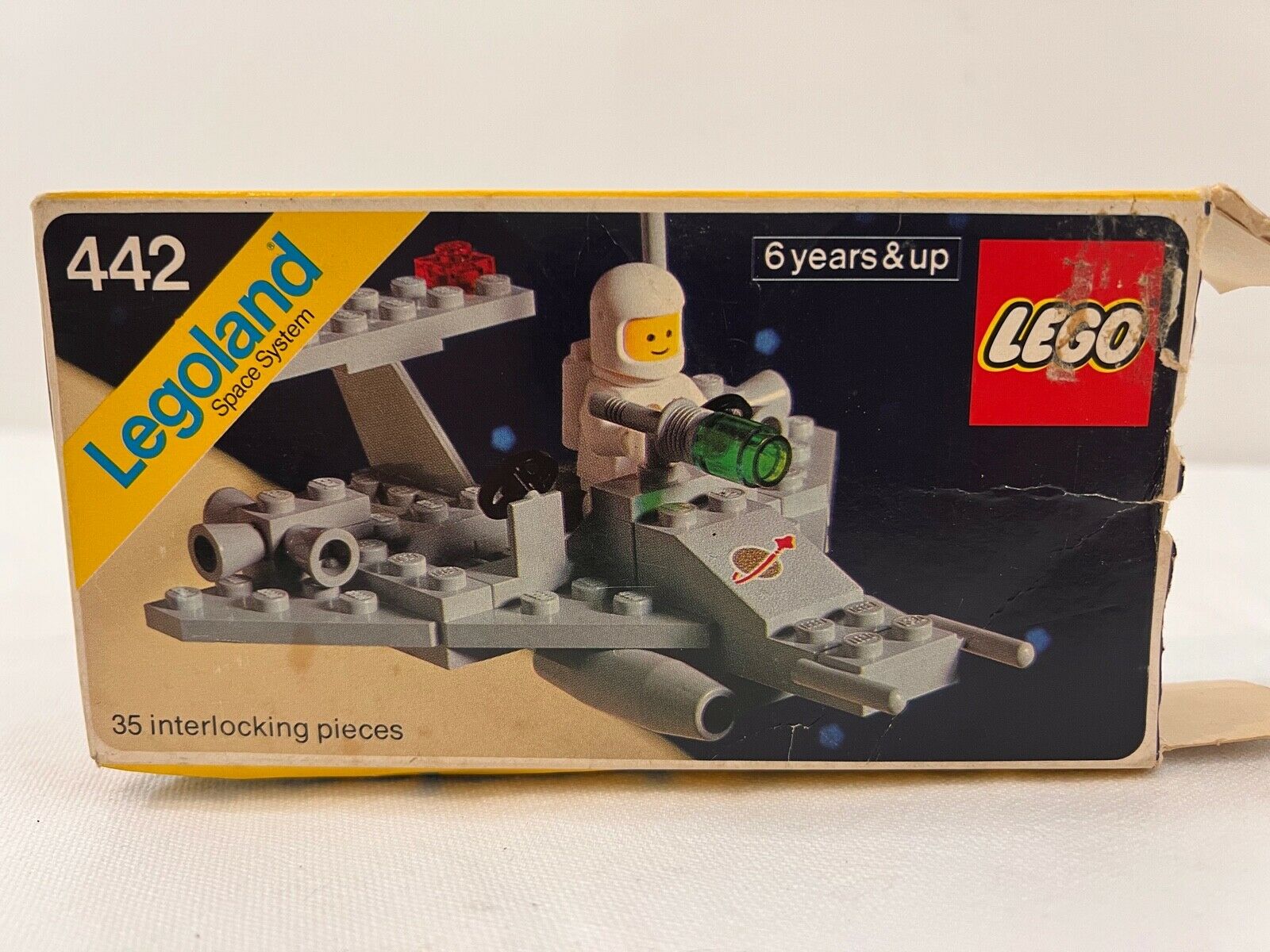
As the 1970s rolled in, LEGO continued to expand the possibilities for their bricks. While the company had done well with its city themes, the space race along with the moon landing in 1969 turned attention to the stars. Rather than remaining relegated to campy science fiction films, space travel felt like a real possibility. Likewise, children began dreaming of growing up to become an astronaut.
Likewise, LEGO followed suit by launching a new line of building sets, the Space system. While the space race made have made space exploration a popular subject, LEGO did not stick to realistic space vehicles. Many of the sets for this system used science fiction as inspiration.
Along with the space theme, they introduced the first minifigure that would represent people in the constructions. For the Space System, this minifigure was an astronaut who could pilot the various spaceships and vehicles. Since this figure had a prominent role in LEGO history, the astronaut later played a prominent role in The LEGO Movie.
In addition to the Space theme, LEGO also began producing medieval sets, referred to as LEGO Castle. For the early years of the Castle theme, the toys focused on knights and soldiers. The original castle set was also yellow, often set on a green stud plate.
LEGO toys of the 1980s: From Pirates to LOGO

The success of the castle, space, and town systems carried LEGO into the 1980s. For most of this decade, these systems continued to expand. When it came to the Castle System, they added new characters like crusaders and princesses. Meanwhile, the Space System began adding factions into the mix with the Futuron line.
However, LEGO did not only improve on their old systems. They also brought in a new line of characters. One of the most popular brands that emerged during the eighties, the LEGO Pirates. This system focused on characters that resembled classic Caribbean pirates, including the skull and crossbones. The pirates sets also provided one of the first opportunities to build wooden-style ships from the plastic bricks.
Meanwhile, the company saw that its earliest fans had grown into adults. Wishing to continue marketing LEGO bricks to all age ranges, they expanded their model kits to create builds for older fans. Thus, the Model Team sets emerged in 1986. With these sets, they introduced fans to large-scale models that included realistic details like steering wheels.
Other parts of LEGO dedicated themselves to developing building sets that encouraged education. By 1984, Kjeld Kirk Kristiansen took note that MIT developed a programming language for children, Logo. Feeling that MIT shared similar views to LEGO, he began setting up a collaboration between MIT and LEGO. Thus, the first product from this collaboration, the LEGO Technic Control 0, debuted in 1987. With this product, owners could build an innovative creation then program it with a special version of LOGO.
LEGO toys of the 1990s: Diving the depths to entering the Star Wars
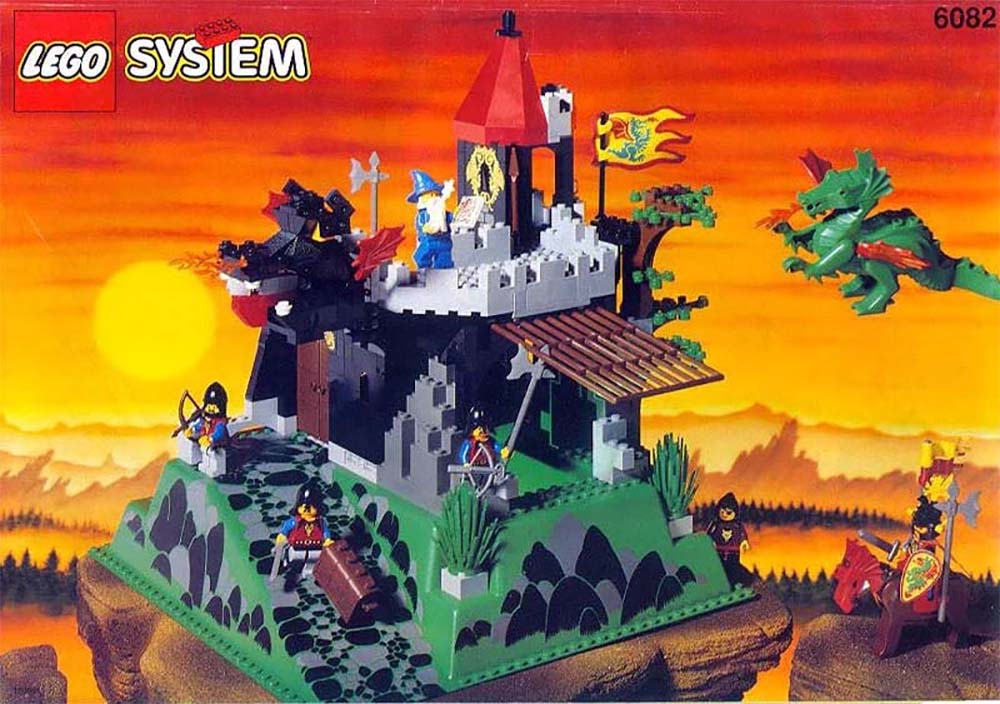
As LEGO entered the 1990s, they dedicated themselves to expanding the playability of their bricks, especially in their existing lines. The Castle system finally moved into full fantasy mode during the nineties, introducing dragons into the mix. Meanwhile, the Space systems added robots and UFOs into the mix. Then, the imperial armada sailed the seas to intercept the pillaging of the Pirates.
Brand new to LEGO, the company looked to the ocean for new inspiration in the Aquazone theme. This line featured the Aquanaut miners that defended their labs and subs against the villainous Aquasharks. While much of this theme focused on subs and exploration labs, the seat also gave LEGO the chance to create machines that resembled sea creatures like sharks and crabs.
The company also introduced western, time cruisers, and adventurers into the mix. While the western theme concentrated on the classic cowboys and Indians, the time cruisers offered whimsical time machines. Finally, the adventurers took notes from those like Indiana Jones, introducing classic scenes like Egyptian tombs and jungles.
Finally, near the end of the nineties, LEGO entered a collaboration that would set the tone for years to come. With the debut of George Lucas’s prequel trilogy, LEGO began licensing theme sets based on the Star Wars films. Thus, one of the earliest Star Wars LEGO sets was the Mos Espa Podrace, which included Anakin Skywalker, Jar Jar Binks, Padmé Amidala, and other minifigures.
LEGO toys of the 2000s: Struggling with Bankruptcy
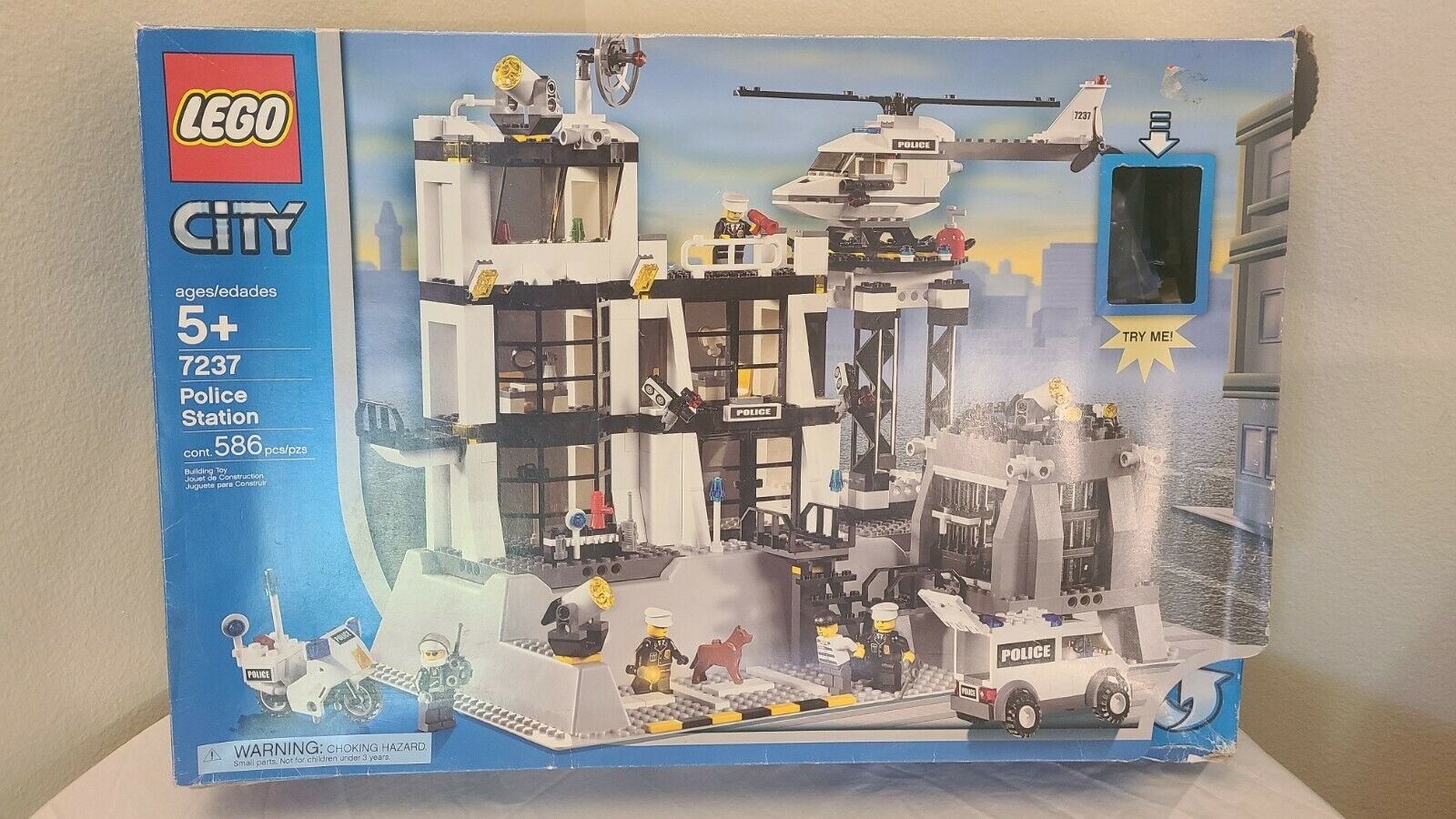
The 2000s was a rough time for LEGO since the company fought against going bankrupt during this decade. By 2003, the company was over $800 million in debt, with no signs of digging itself out. Unfortunately, the great expansion of themes and sets during the nineties had led to LEGO overextending itself. So, they discontinued several of the lines from the prior decades
During this time, the leadership switched hands to the first CEO who was not a Kristiansen, Jorgen Vig Knudstorp, to help refocus the company on what their customers wanted. He also removed some of the financial burdens for the company, selling the LEGOLAND parks to Merlin.
Despite the change in leadership and focus, LEGO continued to introduce new themes and sets. For instance, the Racers system roared onto the scene in 2001, before the company fully hit a fiscal crisis. This theme featured several small racecars, similar to go-karts. There was also the Bionicle line that ran from 2001 to 2010. This set had several similarities to LEGO Technic, but it featured a unique elaborate storyline.
Meanwhile, the company treated their adult fans when LEGO introduced the Architecture sets in 2008. Like the Model Team sets, the Architecture series featured building sets that would create realistic models of famous buildings, like the Sears Tower.
Finally, LEGO continued to produce new licensed products such as Harry Potter and Batman. In many ways, the licensed products began to set the direction for the company for the foreseeable future.
LEGO toys of the 2010s: The Era of the LEGO Movie
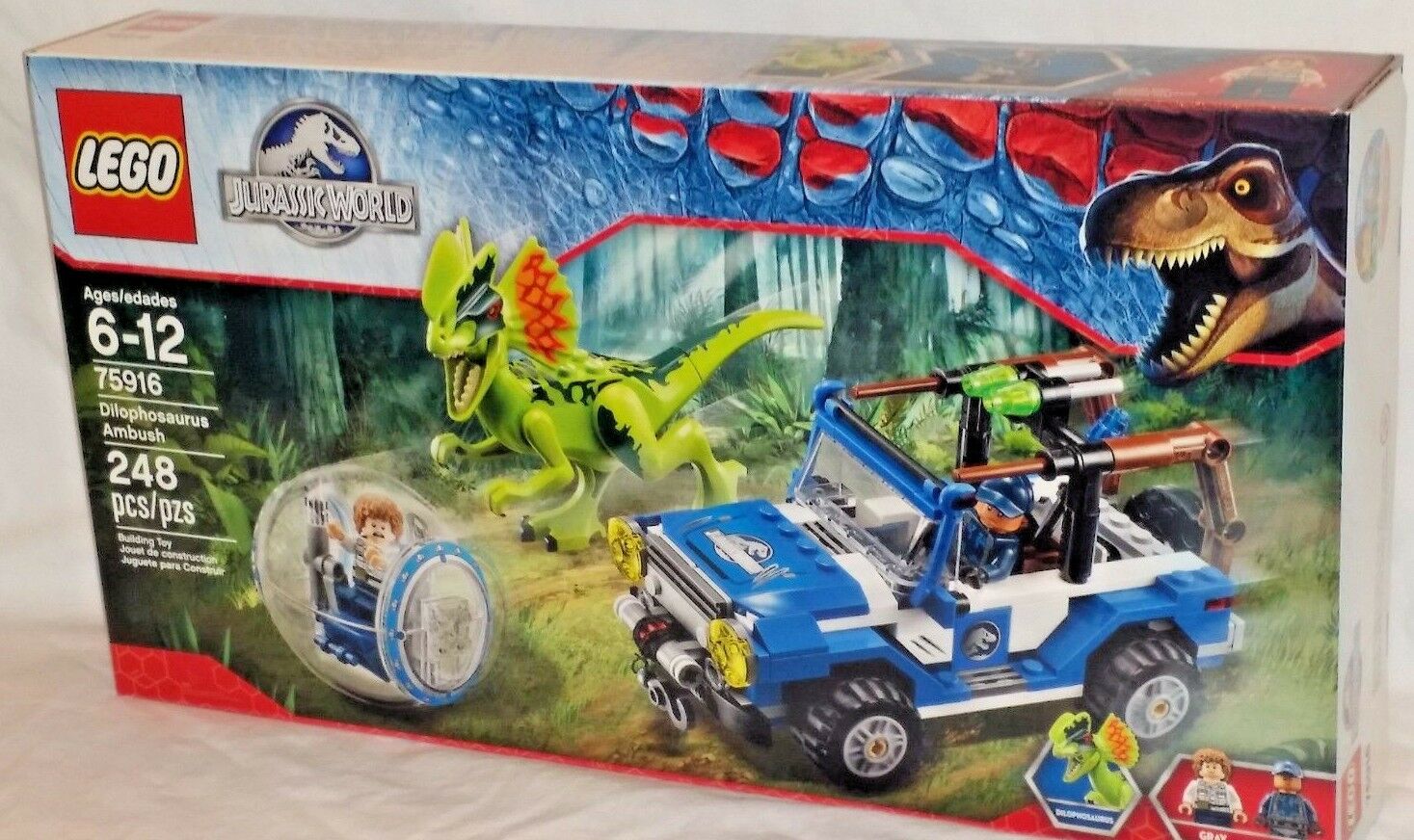
The profitability of LEGO’s licensed sets became boldly apparent during the 2010s. Most of the company’s sets focused on licensed properties from Disney Princesses to Overwatch. While each year saw a new set of licensed properties hit the shelves, few lasted longer than a year. Still, LEGO did not shy away from making new imaginative themes of their own.
One of the earliest new themes for the decade was Ninjago, which debuted in 2011. Since earlier themes, like Bionicle, profited in part because of cartoon marketing, LEGO introduced Ninjago with a four-part animated series. The cross-media promotion continued as Nickelodeon began airing the fully-fledged television series for the line.
Then, Warner Brothers launched The LEGO Movie, which featured cameos from minifigures from all over LEGO’s history. The movie celebrated LEGO’s love of imagination and creativity, secretly telling the tale of a son who wanted his by-the-books father to recognize his creations. Following the success of The LEGO Movie, Warner Brothers also produced several more LEGO-based films, such as LEGO Batman and Ninjago along with the sequel.
LEGO also jumped into the toys to life trend that had started with Activision’s Skylanders. While LEGO dimensions lasted only from 2015 to 2017, it offered a unique chance for characters like Gandalf to interact with Scooby-Doo.
Looking forward to the future with LEGO
While LEGO has changed drastically over the years, the company still dedicates itself to expanding the imagination. They welcome fans of all ages, creating both complex and simple sets. They have also mastered plastic in unbelievable ways, making it possible to create race car replicas with their bricks. So, we look forward to seeing the newest innovations from LEGO in the future.
Do you have old, unopened LEGO toys from the 1960s-1990s?
If you have a collection of old and used toys, you can turn those toys into cash. There is no reason to let those old toys collect dust. We are looking to buy unopened sets from before the 2000s, especially those from the sixties to the nineties. If you have any unopened LEGO sets from these decades, feel free to contact us today to sell your LEGO toy collection.